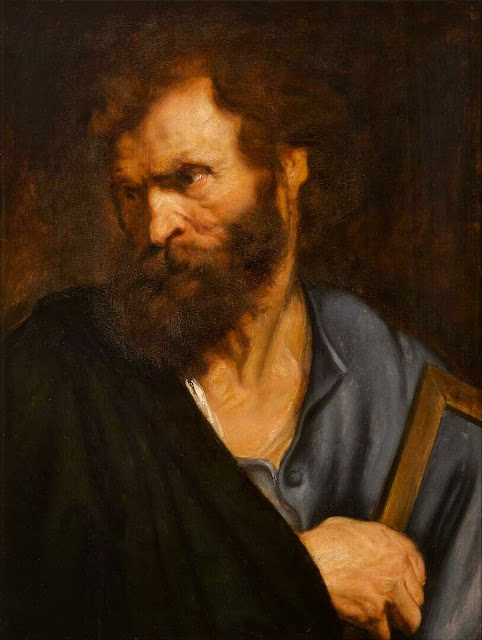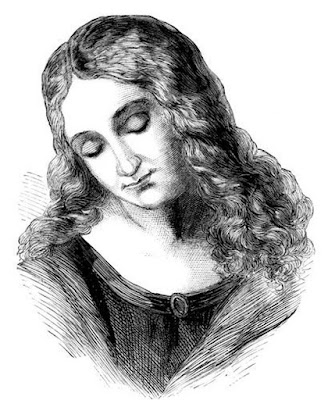Who was this man Nicodemus?
The Failed Arrest
Tempers were getting hot. The temple police had been sent out to arrest Jesus, but they came back empty-handed, saying, "Never has a man spoken the way this man speaks!" The chief priests were furious, responding, "You haven't also been led astray, have you? None of the rulers or Pharisees has believed in him, have they?"
But Nicodemus said to them, "Our Law does not judge a man unless it first hears from him and knows what he's doing, does it?" They answered him, "What, you aren't also from Galilee, are you? Search the scriptures, and you will see that no prophet arises out of Galilee!"
 |
Traditional 'Old' Nicodemus
|
Words that sting:
Was that true? Why would they charge Nicodemus with being a Galilean? And who was this guy, anyway?
It turns out that Nicodemus, besides his three appearances in the Gospel of John, was well known to Josephus, the noted first-century writer of Jewish history. In addition, Nicodemus is also mentioned prominently in the Talmud, the body of ancient Jewish civil and ceremonial law which includes both the Mishna and the Gemara.
Nicodemus was known as one of the three wealthiest men in Jerusalem. Some say that he was the most wealthy of them all. As part of his wealth, he owned extensive plots of agricultural land, worked by Jewish peasants under the direction of local taskmasters. And where were these lands?
You guessed it. Nicodemus' land holdings were predominantly in Galilee, lower Galilee to be specific. Nicodemus was apparently good to his workers, for he was widely popular among the poor for his reputation of generosity. Although he was a Judean resident in Jerusalem, you can be safe in assuming that he would be seen frequently in Galilee, checking on his landholdings.
So did their (false) charge against Nicodemus sting? Possibly. Galileans were looked down upon by the Judeans, who lived in the 'right places' instead of in some remote province. But Nicodemus held a secure position in the Sanhedrin, the high council of the Jews, and could let such criticism roll off his back.
 |
The rich farmland of Galilee
|
How Old Was Nicodemus?
This is critical, for the historical Nicodemus was prominent mostly in the 50's and 60's of the first century. It is estimated that at the time he met Jesus he would had have to been between 10 and 40 years of age. Christian tradition looks upon Nicodemus as an old man when he met Jesus. But this is not necessarily true, for it is based on something Nicodemus said to Jesus: "How can a man be born [again] when he is old?" It is not necessary that Nicodemus was old when he said this. He could well have been between 30 and 40 years of age.
In the Hebrew spelling, he was known as Nakdimon ben Gurion, "Nicodemus son of Gurion." His real name was Boni, and he earned his nickname from a miracle he was reputed to have performed. In his later years, he was actively opposed to the Zealots who were trying to win independence from Rome, and with his wealth he helped fund the opponents of the Zealots.
 |
Historical 'Young' Nicodemus
|
Prophets from Galilee:
Although it was true that the Messiah was prophesied to come from Bethlehem rather than Galilee, Nicodemus' opponents overlooked two prophets that did come from the land that we now call Galilee: Both Jonah and his father, the prophet Amittai (Truth), came from Gath-Hepher, about two miles from today's Nazareth, in the heart of Lower Galilee (2 Kings 14:25).
Perhaps if Nicodemus had looked this up, he could have embarrassed his accusers for their oversight of these two prophets.
Post 73

























